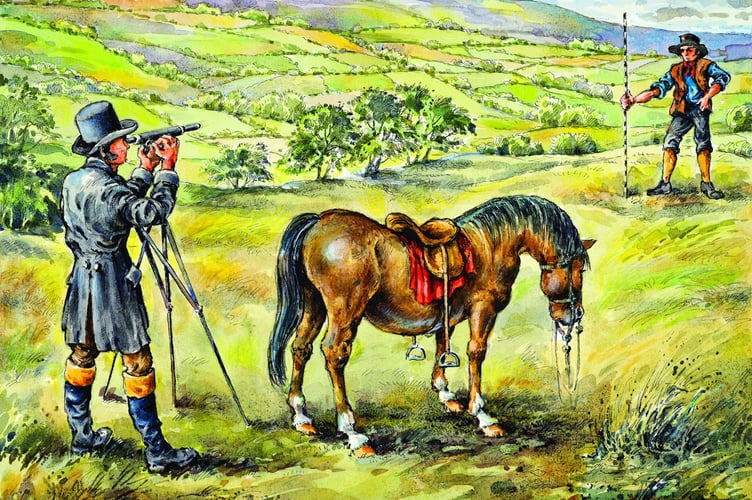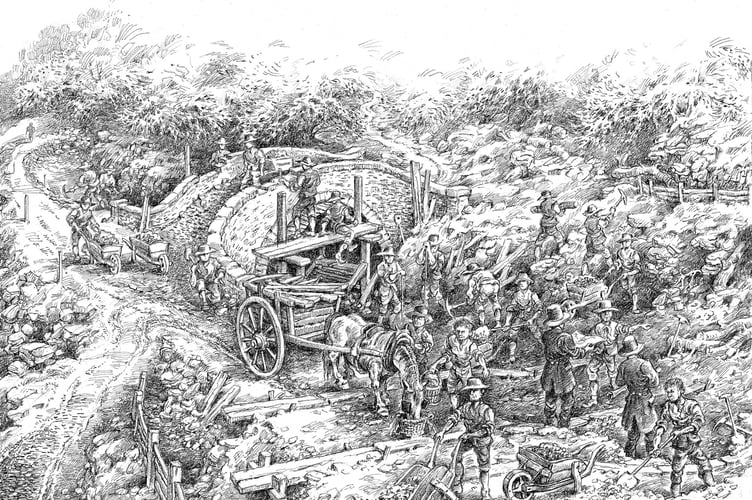Throughout 2025, Glandŵr Cymru, the Canal & River Trust in Wales, and its partner organisations and local community are celebrating the 225th anniversary of the Brecon Canal.
The Monmouthshire & Brecon Canal, known affectionately as the Mon & Brec, began life as two separate canals – the Monmouthshire Canal and the Brecknock & Abergavenny Canal. Although the two were joined in 1812 at Pontymoile, this year’s anniversary celebrates the completion of the more northern Brecon Canal 12 years earlier when the first cargo of coal reached Brecon Basin on Christmas Eve 1800.
David Viner, heritage consultant at Canal & River Trust, is telling the story of the canal.

In the 1790s, constructing an inland navigation was a challenging task and this was certainly the case for the canal to Brecon. Company engineer Thomas Dadford had to accurately survey the difficult landscape with quite basic equipment.
Although his route followed the valley of the River Usk, the channel was excavated into the side of the steep hills to avoid the need for extra locks. His main contractor, Crickhowell Canal Cutter Henry Harris, undertook this task at threepence halfpenny per cubic yard with an army of navigators, or navvies, using just picks and shovels.

These men were renowned for hard work but also for their rowdiness and heavy drinking, no doubt very disturbing for the small communities they encountered along the way.
In addition to cutting the channel, Dadford had to build more than 60 bridges between Gilwern and Brecon, both for the road crossings and to accommodate landowners whose property was split by the new canal.
In time, these accommodation bridges all gained local names and later on numbering as well. One example is Work House Bridge 136 near Llangynidr Locks which led to the old Llandetty work house, still standing on the hillside above the canal.




